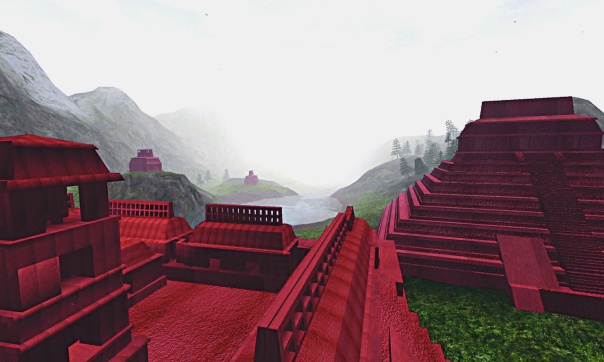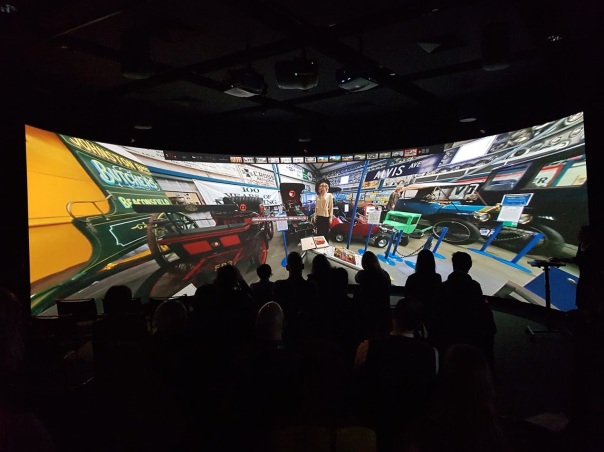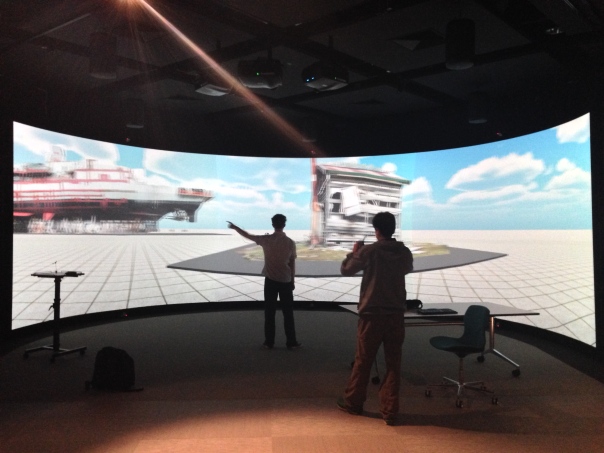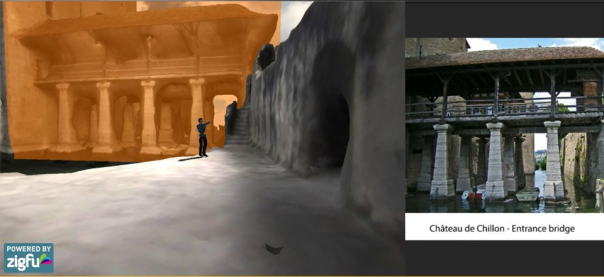The Screen Tourism VR and Cultural Heritage event will take place Monday at the HIVE, Curtin University.
It is fully booked but the programme is now:
DRAFT SCHEDULE (HIVE opens at 12:30pm)
PROGRAM SESSION 1 (Chair: Dr Tod Jones (Curtin University))
1.00–1.05pm: Welcome by Dr Tod Jones
1.05–1.40pm: Mr Ian Brodie (http://www.ianbrodie.net/)
1.40–2.00pm: Dr Christina Lee (Curtin University)
2.00–2.20pm: Professor Ear Zow Digital (Curtin University)
2.20 – 2.45pm: Q&A
2.45–3.15pm: Coffee/tea break at Aroma Café
SESSION 2 (Chair: Erik Champion)
3.15–3.20pm: Introductions
3.20–3.40pm: Mr Mike Dunn (Phimedia)
3.40–3.50pm: Mr Mat Lewis (South West Development Commission)
3.50–4.00pm: Mr Nathan Gibbs (Screen West)
4.00–4.30pm: Q&A then sundowner (see below).
VENUE
HIVE (VR Centre), John Curtin Gallery, Kent Street, Curtin Bentley campus WA 6102
https://humanities.curtin.edu.au/research/centres-institutes-groups/hive/
Phone: (08) 9266 9024 (HIVE).
Map link https://goo.gl/maps/FZu8FaEaULt (in John Curtin Gallery opposite Aroma Café)
PARKING (https://properties.curtin.edu.au/gettingaround/parkingzones.cfm
You can pay in a visitor’s carpark (there are parks near John Curtin Gallery/the HIVE) or you can download a phone app and pay in the yellow signed curtin parks at a much cheaper rate. Closest zone is D3 off Kent St then Beazley Avenue, park as close as you can to John Curtin Library.
- Cellopark mobile parking app https://www.cellopark.com.au/Site/register/
- Map of Curtin Buildings http://properties.curtin.edu.au/maps/
- Phone app of Curtin Buildings: ANDROID https://play.google.com/store/apps/details?id=com.studentservices.lostoncampus&hl=en_AU or APPLE https://itunes.apple.com/au/app/lost-on-campus-by-studentvip/id488598630?mt=8
CANCELLATIONS
If you cannot make the event please cancel your ticket at Eventbrite as we have people on the waiting list
TEA/COFFEE
We hope to have tea or coffee provided for attendees at the nearby outside Aroma cafe during the coffee break, please bring your Eventbrite ticket number.
SUNDOWNER AFTER THE EVENT
If you would like to speak to Ian or Mike or the other speakers after the event from 4:30PM or so we hope to offer a small sundowner at the meeting space of Innovation Central, Level 2, Engineering Pavilion Building 216. More details at the event but just a note you can also find it at http://properties.curtin.edu.au/maps/
























